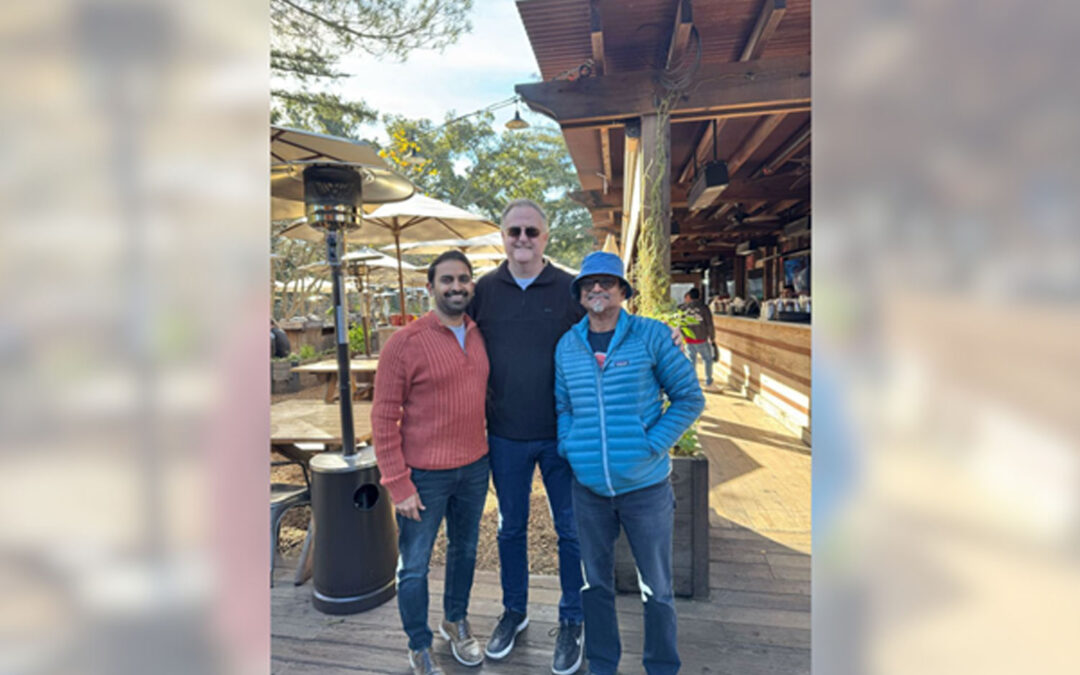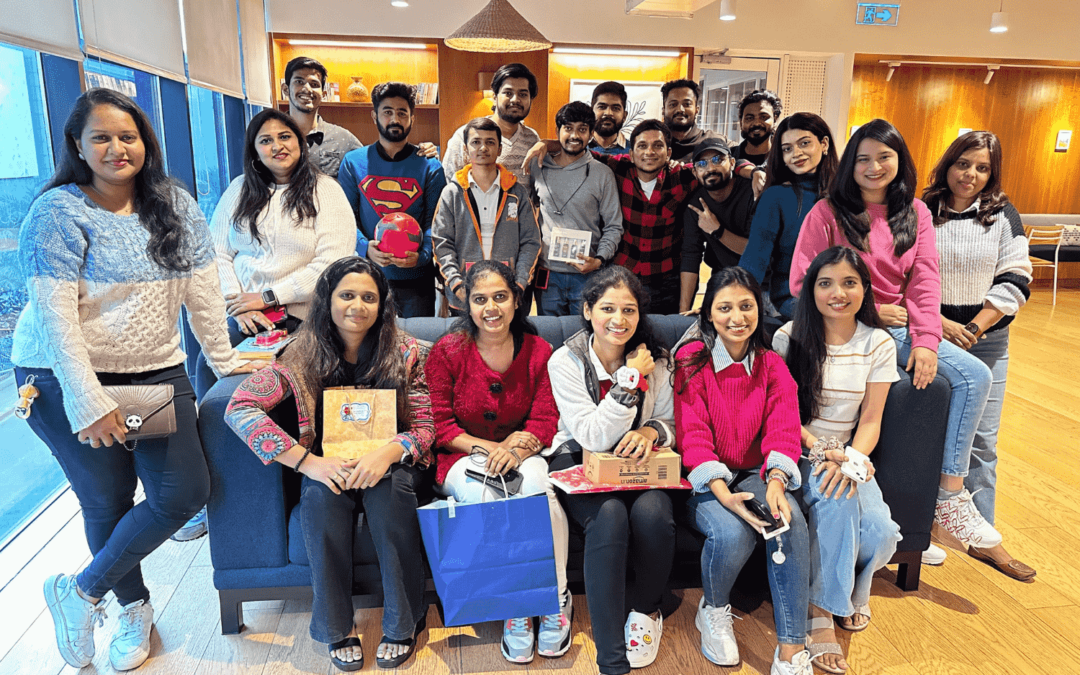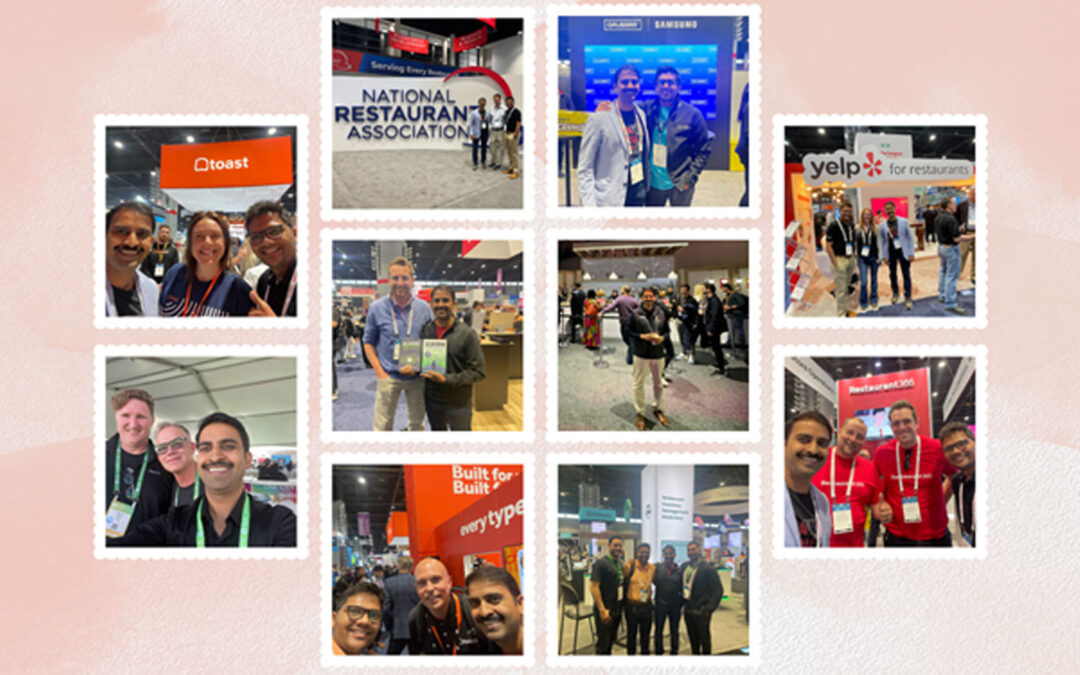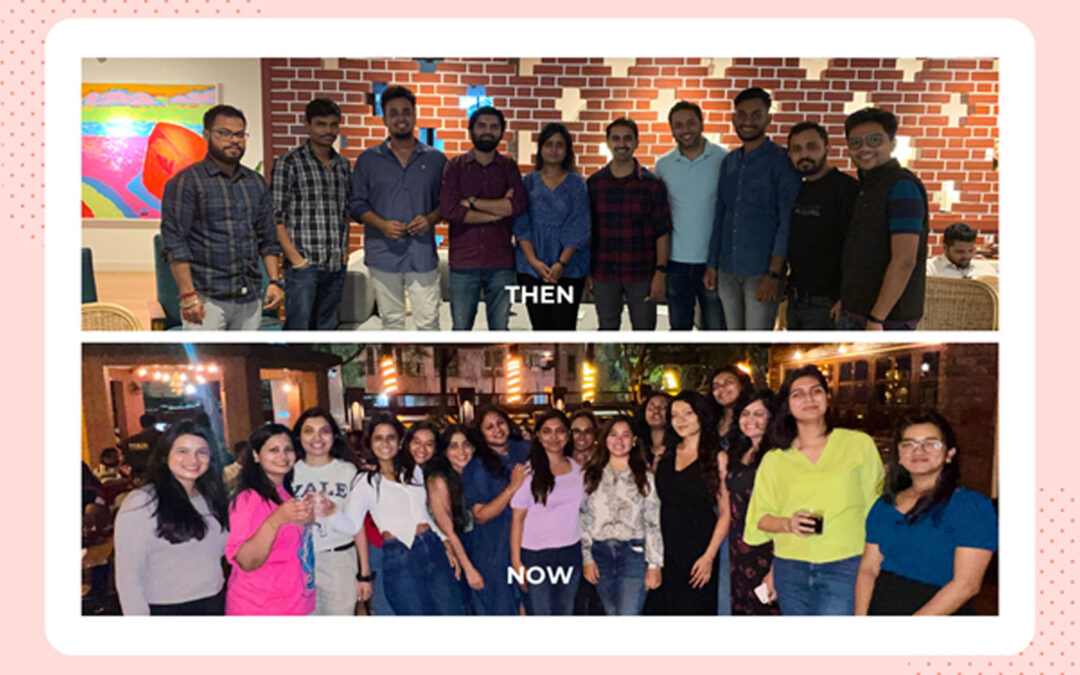Health, Fitness, and Adventure
The new year often inspires a focus on health and well-being, and our team is no exception. Vijaylaxmi, Technical Ops Specialist, plans to make fitness more enjoyable by taking up badminton, blending exercise with some friendly competition. Swaroop Joshi from the tech team is balancing gym sessions with flute practice, combining wellness and creativity. Maas, who is pursuing his master’s degree, aims to maintain a consistent fitness routine to stay energized.
Adventure is another recurring theme. Anshul Pandey, UI/UX Designer, is diving into off-roading and bike classes, while Neha Rai, QA Manager, plans to explore new travel destinations and immerse herself in different cultures. Akram is planning a solo ride from Kanyakumari to Kashmir, which will necessitate meticulous planning.
Personal Development and Lifelong Learning
At LINK!, the passion for learning and growth is unwavering. Shivam Shinde from the tech team is expanding his skill set with a data analyst course, while Hina Pathan, SQA Engineer, is diving deeper into automation frameworks. Tushar Mukherjee, a software engineer, is embracing his creative side by learning the violin, adding a new rhythm to his year. These aspirations showcase a balance between professional growth and personal passions.
Cultivating Mindfulness and Balance
In the midst of busy schedules, many on the team are focusing on mindfulness and balance. Shreya Vaidya (Data Ops) is committing to waking up earlier and reducing screen time to reclaim valuable moments for herself. Aishwarya is prioritizing mental well-being by traveling more with friends, cherishing the joy and renewal that come from shared adventures and fresh perspectives.
Fueling Passions and Building Connections
The team’s diverse interests continue to inspire. Khushbu Pathe from the QA team aims to read 12 books and travel across Europe, combining intellectual curiosity with a love for exploration. Suraj Mandal, Sr. FullStack Developer, is honing his time management skills to make room for more adventures and growth. These goals reflect a collective spirit of making the most of the year ahead through meaningful pursuits.
Looking Ahead
As we step into 2025, the LINK! team is excited to pursue new goals and create lasting memories. Our resolutions are more than aspirations—they represent our commitment to growth, both individually and as a team. Here’s to a year filled with progress, challenges, and moments to celebrate.





